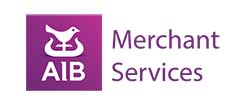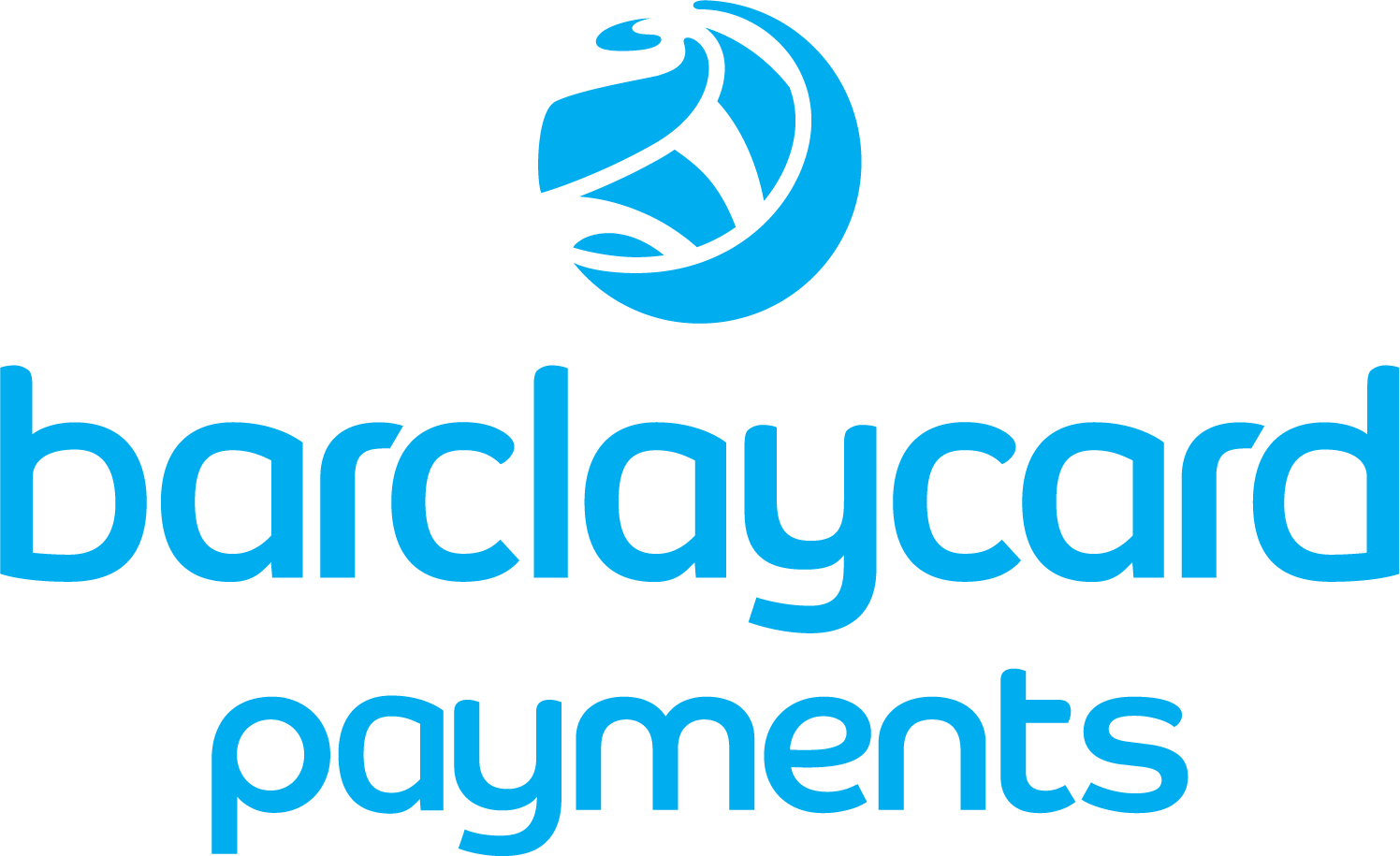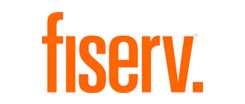- Compare Card Processing Rates from as low as 0.27%
- Keep your card processing fees to a minimum
- Direct access to 80% of the UK’s leading acquiring banks
- Make the right choice for your next UK payment provider
- Ensure your rates always remain competitive
- Seamlessly switch payment provider without a hitch






We're rated Excellent on
Mastering Secure Online Payment: Your Guide to Safe Transactions
In today’s digital age, online payments have become a cornerstone of modern commerce. Whether you’re shopping online, paying bills, or transferring funds, the convenience of digital transactions is unmatched. However, with this convenience comes the need for secure online payment methods to protect your payment details, personal details, and financial security.
For UK consumers and businesses, understanding how to ensure secure transactions is crucial in preventing fraud and maintaining trust in payment services. This guide will walk you through the best practices, technologies, and added security measures to keep your money safe.
Why Secure Online Payments Matter
Every time you make online purchases, you share sensitive information such as debit cards, credit card numbers, and even your identity. Cybercriminals are constantly looking for vulnerabilities to exploit, making security a top priority for both customers and merchants.
A breach can lead to:
-
Unauthorised access to your account
-
Loss of funds
-
Identity theft
-
Damage to a business’s reputation
By adopting secure payment methods, you reduce risks and enhance the customer experience.
How Online Payment Security Works
1. Encryption Technology
When you enter your payment details at checkout, encryption scrambles the data, making it unreadable to hackers. Look for “HTTPS” in the website URL and a padlock symbol, indicating a secure connection.
2. Two-Factor Authentication (2FA)
Many banks and payment services now require an additional layer of verification, such as a text message code or biometric scan, to verify your identity before approving a transaction.
3. Chip and PIN & Contactless Security
For debit and credit card users, chip and PIN technology adds protection by generating a unique code for each purchase. Similarly, contactless payments have spending limits to prevent large fraudulent transactions.
4. Fraud Detection Systems
Banks and companies like Visa use AI-driven systems to monitor unusual activity. If a payment seems suspicious, they may block it and request confirmation via phone or email.
5. Secure Payment Gateways
Reputable e-commerce platforms use trusted payment gateways (e.g., PayPal, Stripe) that comply with legal and global security standards, ensuring your money is handled safely.
Best Practices for Safe Online Payments
For Consumers:
✅ Use Strong Passwords
Create unique, complex passwords for each account and update them regularly. Consider a password manager for better protection.
✅ Shop Only on Trusted Websites
Avoid clicking on suspicious links or promotions from unknown sources. Stick to well-known merchants with positive reviews.
✅ Enable Transaction Alerts
Most banks offer real-time notifications via text message or email for every transaction, helping you spot fraud early.
✅ Check Statements Regularly
Review your account activity frequently and report any unauthorised charges immediately.
✅ Avoid Public Wi-Fi for Payments
Public networks are less secure. Use a VPN or mobile data when making online purchases.
For Businesses:
🔒 Implement PCI DSS Compliance
The Payment Card Industry Data Security Standard (PCI DSS) ensures merchants handle credit and debit card data safely.
🔒 Use Tokenisation
Replace sensitive data with unique tokens, reducing the risk of breaches during sales transactions.
🔒 Offer Multiple Secure Payment Options
Providing trusted payment services (Apple Pay, Google Pay, Visa, Mastercard) builds customer confidence.
🔒 Educate Customers on Security
Share advice on safe checkout practices, such as verifying the website URL before entering personal details.
Common Online Payment Scams & How to Avoid Them
1. Phishing Attacks
Scammers send fake emails or text messages pretending to be from your bank, asking you to verify your account. Always contact your bank directly if unsure.
2. Fake Online Stores
Fraudulent websites mimic real e-commerce sites to steal payment details. Check for poor design, lack of contact info, and unrealistic promotions.
3. Card Skimming
Malicious software on compromised websites captures your debit or credit card details. Use virtual cards or digital wallets for added security.
4. Identity Theft
Cybercriminals use stolen personal details to open fake accounts. Freeze your credit file if you suspect fraud.
The Future of Secure Online Payments
As technology evolves, so do security measures. Emerging trends include:
🔹 Biometric Authentication (fingerprint, facial recognition)
🔹 Blockchain for Fraud Prevention
🔹 AI-Powered Fraud Detection
🔹 One-Time Virtual Cards for online purchases
Staying informed and adopting these advancements will help protect your investment in digital commerce.
Final Thoughts
Secure online payment is not just the responsibility of banks and businesses—it requires vigilance from users too. By following best practices, leveraging added security features, and staying aware of scams, you can enjoy the convenience of shopping online without compromising safety.
Whether you’re a customer or a merchant, prioritising secure transactions ensures peace of mind and fosters trust in the digital economy.
Have you experienced payment fraud? Share your story in the comments and help others stay safe!
Need Help? If you suspect fraudulent activity, contact your bank immediately and report it to Action Fraud (UK’s national fraud reporting centre).
By mastering secure online payment, you take control of your financial safety in an increasingly digital world. Stay alert, stay secure!
